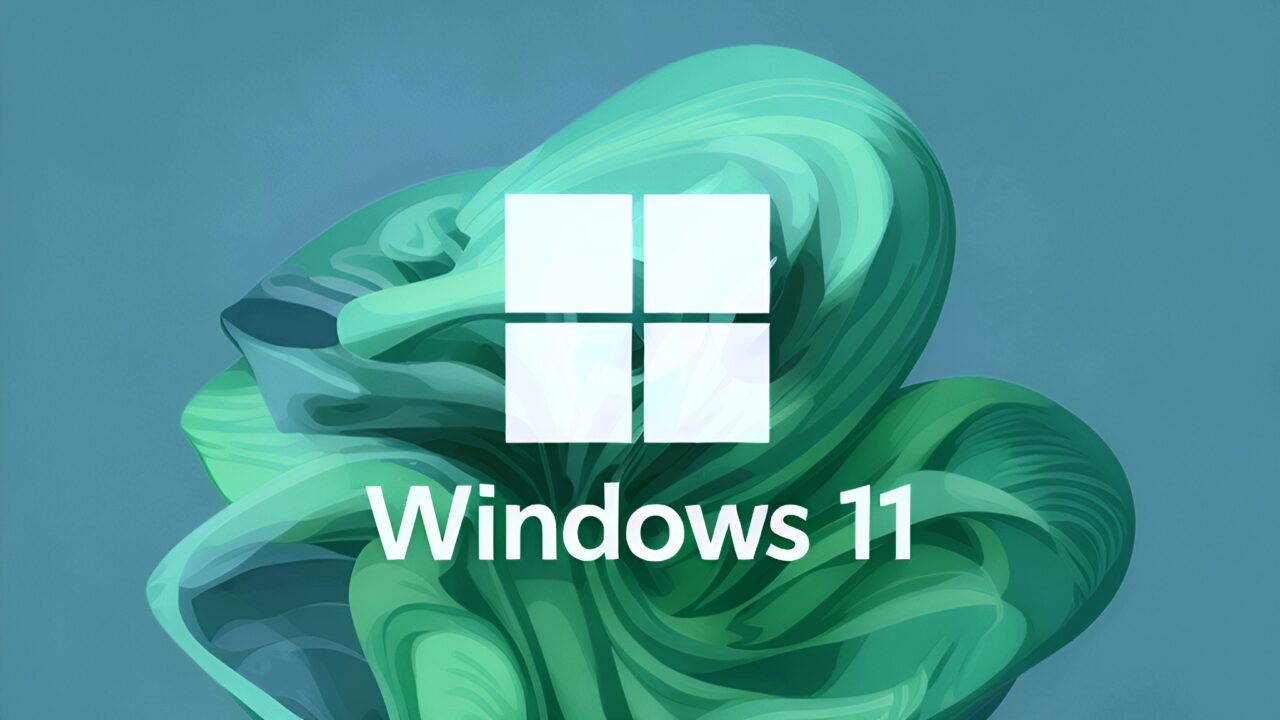
The Windows Evolution: Navigating the Transition from Windows 10 to Windows 11
Microsoft’s operating system landscape is undergoing a significant shift as the clock ticks down towards the end of official support for Windows 10 in 2025. While the company has ceased publishing official statistics on its operating system usage, data from third-party sources like Statcounter paints a compelling picture of the evolving market share. As of February 2025, Windows 11 has made considerable strides, reaching an all-time high of 38% adoption. This represents a noteworthy increase of 1.35 percentage points, signaling a growing acceptance of the newer operating system.
However, the question remains: will Windows 11 become mandatory? The answer is complex and nuanced, influenced by factors ranging from user preference and hardware compatibility to corporate policies and security concerns.
The transition from one operating system to another is rarely a seamless affair. Users become accustomed to familiar interfaces, workflows, and software compatibility. The prospect of learning a new system, troubleshooting potential compatibility issues, and potentially upgrading hardware can be daunting for many. This inertia plays a significant role in the continued dominance of Windows 10, even as its end-of-life approaches.
While Windows 11’s overall market share continues to climb, its adoption rate varies significantly across different regions. In some countries, Windows 11 is rapidly closing the gap with Windows 10. For instance, in Canada, Windows 11 holds a substantial 44.46% market share, while Windows 10 maintains the lead with 53.35%. The difference is relatively small, suggesting a faster rate of adoption in this particular region.
Interestingly, in the United Kingdom, Windows 11 has already surpassed Windows 10 in popularity. It boasts a market share of 50.41%, exceeding Windows 10’s 48.18%. This suggests that users in the UK may be more receptive to the new operating system, possibly due to targeted marketing campaigns, favorable hardware availability, or a greater emphasis on security.
Despite these localized successes, Windows 10 remains the most widely used Windows version globally, commanding a significant 58.83% market share as of February 2025. Although this figure represents a decline of 1.5 percentage points, it highlights the substantial number of users who have yet to make the switch. This could be attributed to various factors, including resistance to change, concerns about hardware compatibility, or simply a lack of perceived benefit in upgrading.
Furthermore, a significant portion of users continues to rely on older, unsupported versions of Windows. While their numbers are dwindling, Windows 7 still retains a 2.3% market share, and even older versions like Windows XP maintain a small but persistent user base. These users are particularly vulnerable to security risks as Microsoft no longer provides security updates or patches for these operating systems. Running unsupported software exposes systems to malware, viruses, and other cyber threats, potentially compromising sensitive data and system stability.
The impending end of support for Windows 10 in 2025 introduces a crucial turning point. With Microsoft ceasing to provide security updates and technical assistance for Windows 10, both companies and individual users will face increasing pressure to upgrade to a supported operating system. This pressure arises from the need to maintain system security, comply with regulatory requirements, and ensure access to the latest software and hardware innovations.
However, the transition to Windows 11 is not without its challenges. One of the primary obstacles is the hardware requirements. Windows 11 requires specific hardware configurations, including a Trusted Platform Module (TPM) 2.0 chip and Secure Boot capability, which may not be present in older systems. This means that users with older computers may need to upgrade their hardware to run Windows 11, adding to the overall cost of the transition.
Another concern is the compatibility of older software and hardware with Windows 11. Some users may rely on legacy applications or peripherals that are not fully compatible with the new operating system. Resolving these compatibility issues can be time-consuming and costly, potentially requiring users to find alternative software or upgrade their hardware.
Despite these challenges, Microsoft is actively working to ease the transition to Windows 11. The company has released compatibility tools and resources to help users identify and address potential issues. They have also partnered with hardware manufacturers to ensure that new devices are compatible with Windows 11.
For companies, the migration to Windows 11 can be a complex and strategic undertaking. It requires careful planning, testing, and deployment to minimize disruption and ensure a smooth transition for employees. Many organizations are adopting a phased approach, gradually upgrading systems to Windows 11 while maintaining a mixed environment of Windows 10 and Windows 11.
So, will Windows 11 ultimately become mandatory? While Microsoft is not explicitly forcing users to upgrade, the end of support for Windows 10 effectively creates a compelling reason for users to transition to a supported operating system. As security threats continue to evolve and the need for compatibility with modern software and hardware becomes increasingly important, the incentives to upgrade to Windows 11 will only grow stronger.
However, the transition will likely be a gradual process, influenced by user preferences, hardware constraints, and the availability of resources. While some users may embrace Windows 11 early, others may prefer to stick with Windows 10 for as long as possible, before ultimately making the switch. It seems unlikely that a truly "forced" migration will occur, but the combination of security concerns and the lack of official support will undoubtedly push the vast majority of users towards Windows 11 in the coming years. The future of the Windows ecosystem is inevitably heading towards Windows 11, whether users choose to embrace it willingly or are compelled to by circumstance.
